Shanghai Airport Transfer Options
Outline
-
Understanding Shanghai’s Airports and Arrival Points
-
Airport Transfer Options: From Budget to Premium
-
Tips for a Smooth Arrival in Shanghai
-
Which Transfer Option Is Best for You?
Shanghai is one of China’s busiest cities, and if you’re flying in, chances are you’ll arrive at either Pudong International Airport (PVG) or Hongqiao International Airport (SHA). Both are big, busy, and well-connected, but figuring out how to get from the airport to your hotel can feel a bit overwhelming, especially after a long flight. Don’t worry – here’s a straightforward guide to help you choose the right transfer option.
Understanding Shanghai’s Airports and Arrival Points
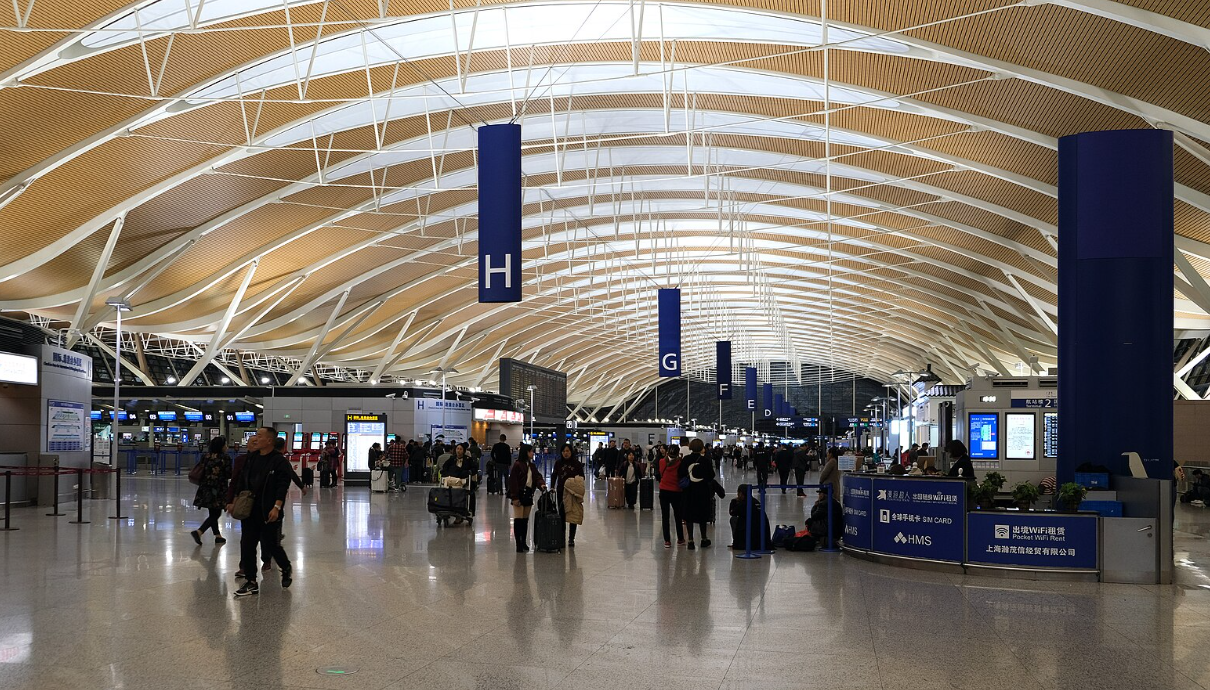
Pudong International Airport is located about 45 kilometers east of downtown. It handles most of the city’s international flights. Hongqiao International Airport is closer to the city center, just 13 kilometers away, and is a major hub for domestic flights and some regional routes.
Knowing which airport you land in is important because it will affect your travel time and transport cost. Pudong usually means a longer journey into the city, while Hongqiao is quicker and cheaper to reach.
Airport Transfer Options: From Budget to Premium
1. Maglev Train (Pudong Airport only)
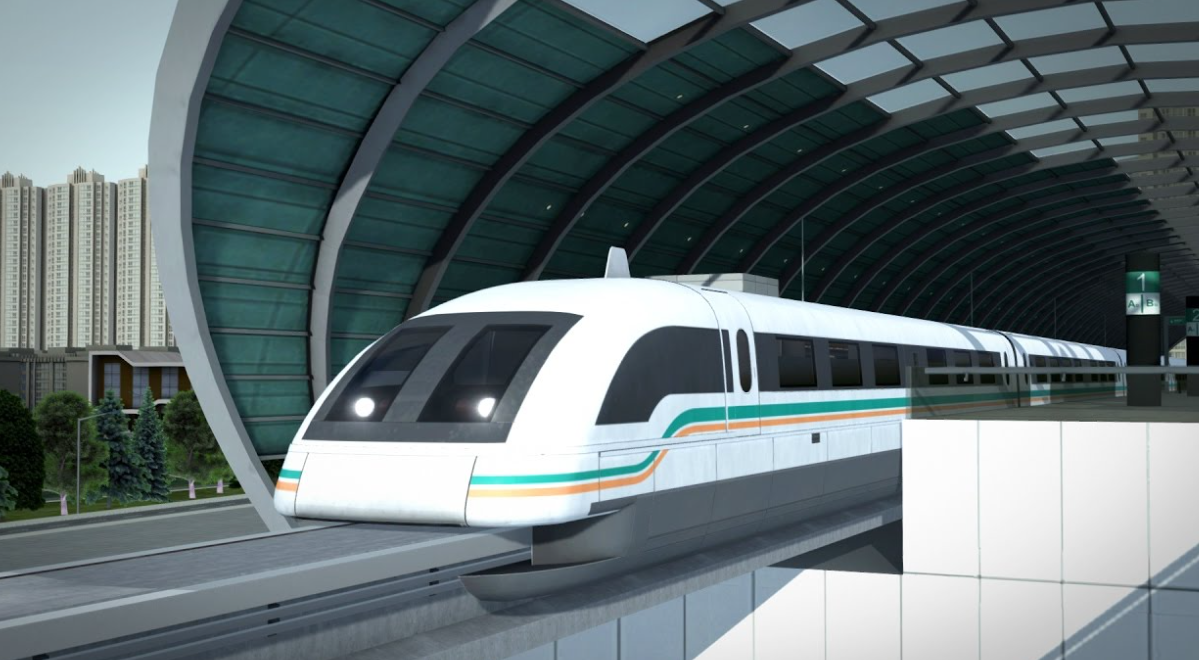
The Maglev is a high-speed magnetic levitation train that takes you from Pudong Airport to Longyang Road station in just eight minutes. It’s a fun, futuristic experience – the train can reach 430 km/h. But keep in mind it doesn’t go directly to most hotels, so you’ll likely need to switch to a taxi or metro afterward.
2. Metro
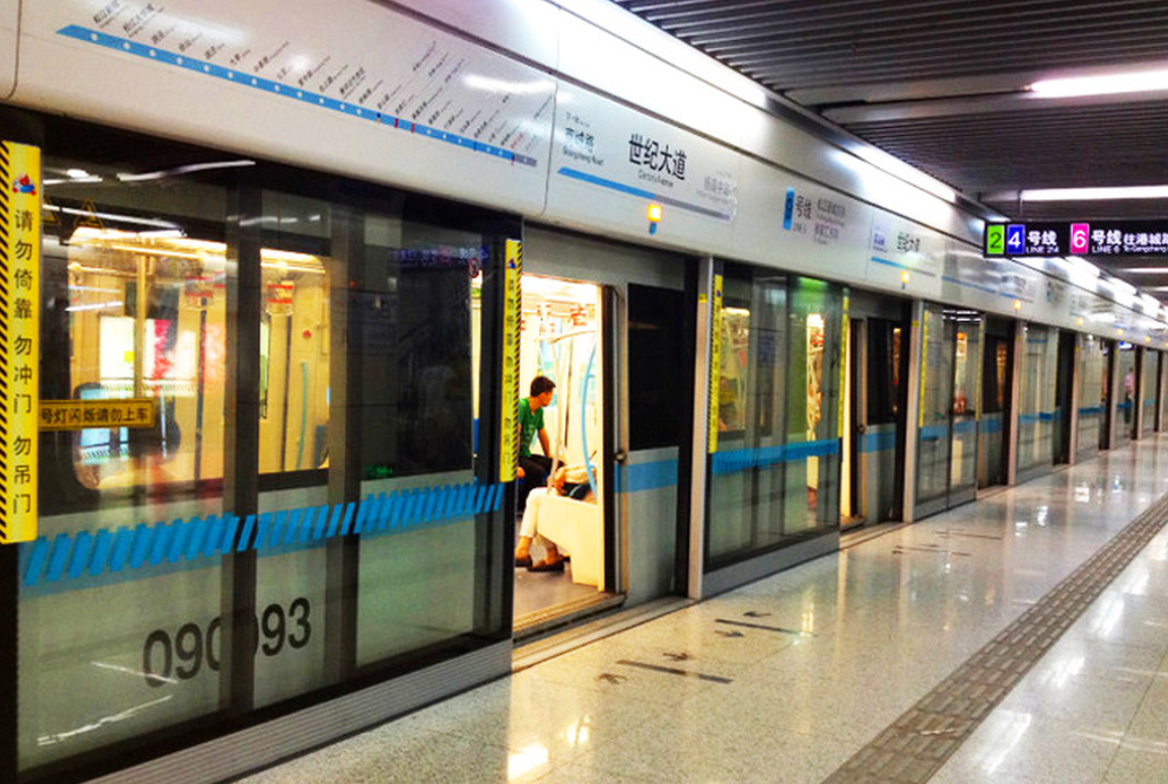
Shanghai’s metro system is extensive and budget-friendly. Pudong Airport is served by Line 2, and Hongqiao Airport by Lines 2 and 10. It’s a good option if you’re traveling light and don’t mind navigating a busy system. Peak hours can get crowded, and you might need to change lines depending on your hotel location.
3. Airport Shuttle Bus
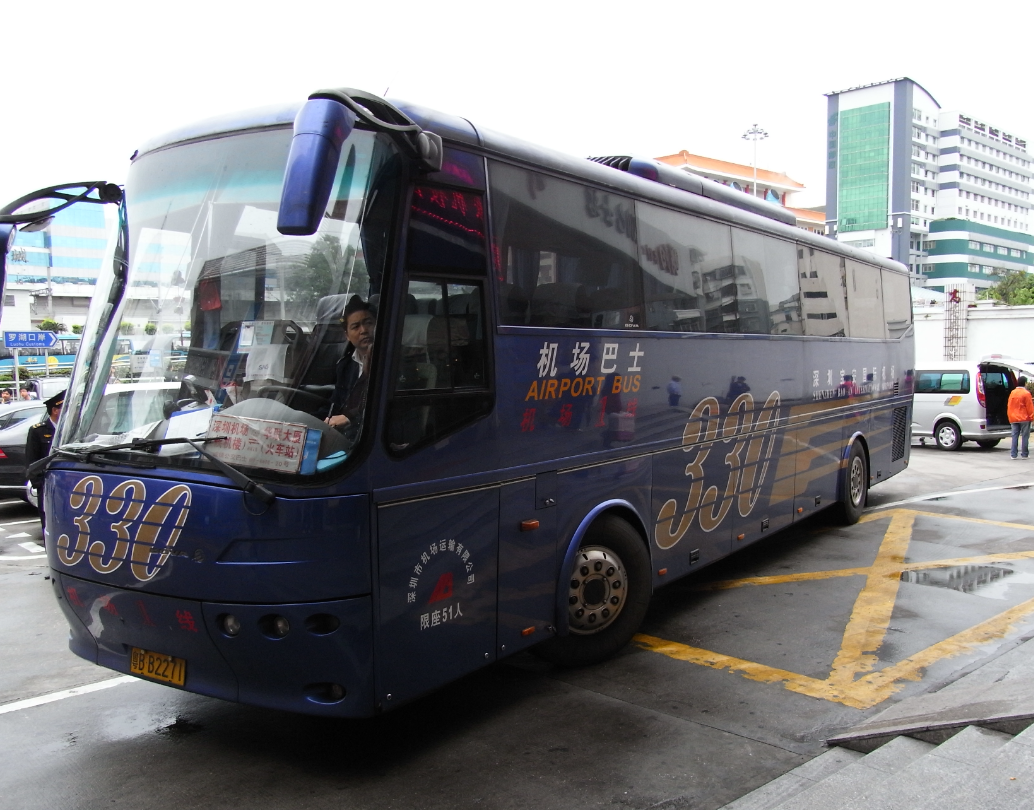
Both airports offer shuttle buses connecting to major hotels and transport hubs. They’re a bit slower than the metro or Maglev but can be a comfortable choice if you want to avoid hauling your luggage through subway stations.
4. Taxi
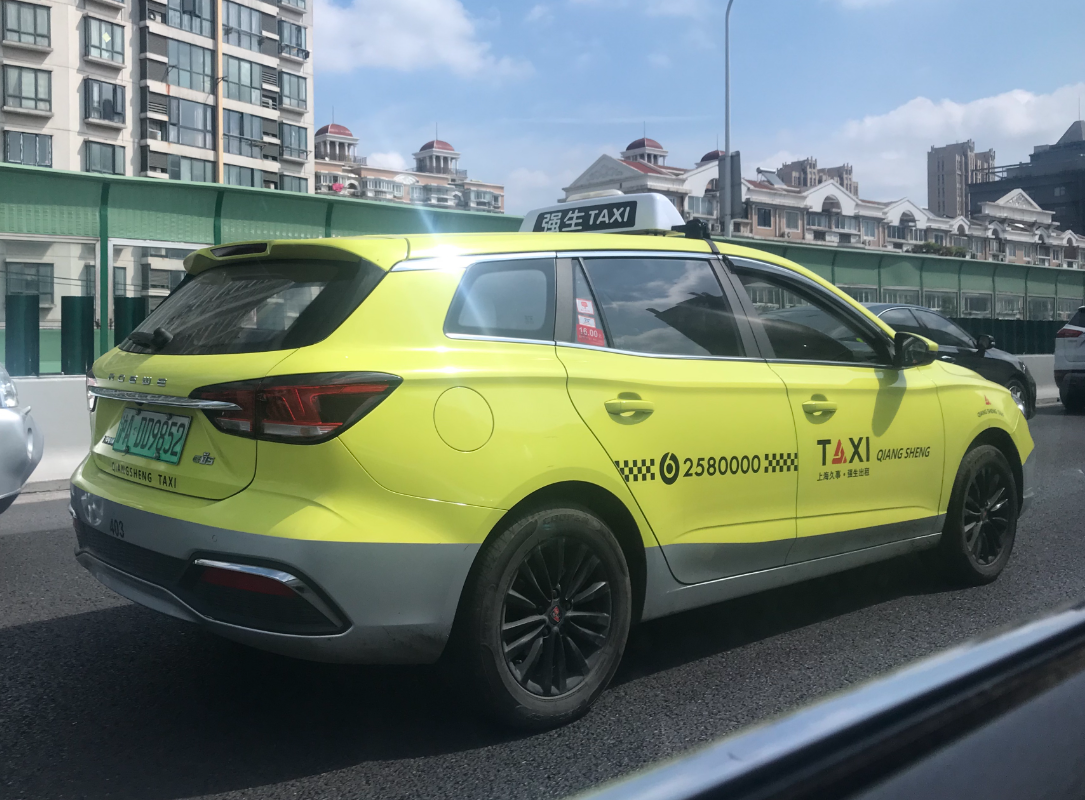
Taxis are available at both airports 24/7. They’re convenient, especially if you have heavy luggage or arrive late at night. Make sure to use the official taxi queue and avoid unofficial offers inside the terminal. Pudong to downtown by taxi can cost between 180–220 RMB, while Hongqiao is usually under 80 RMB.
5. Private Transfers and Ride-Hailing Apps
If you want zero stress, booking a private airport transfer in advance might be worth it. Services like DiDi (China’s Uber) or hotel-arranged pickups can save time and offer English-speaking drivers. They’re more expensive but are ideal if you’re new to China or traveling with a group.
Tips for a Smooth Arrival in Shanghai
-
Always keep your hotel’s address written in Chinese to show taxi drivers.
-
Have some local currency ready for taxis and shuttles; not all drivers accept foreign cards.
-
If you plan to use the metro, get a rechargeable Shanghai Public Transportation Card – it works on the metro, buses, and even ferries.
-
During major holidays like Chinese New Year or Golden Week, allow extra travel time.
Which Transfer Option Is Best for You?
If you’re on a tight budget and don’t mind a bit of adventure, the metro is your best bet. For speed and novelty, try the Maglev train (plus a short taxi ride). If you value comfort and door-to-door service, go for a taxi or private transfer.
Shanghai can seem fast-paced and overwhelming at first, but once you’ve got your airport transfer sorted, you’ll be ready to dive into its mix of futuristic skylines, historic neighborhoods, and world-class food.

